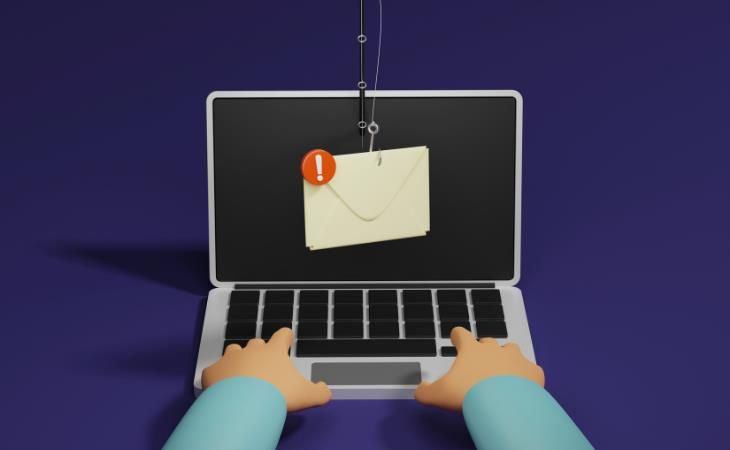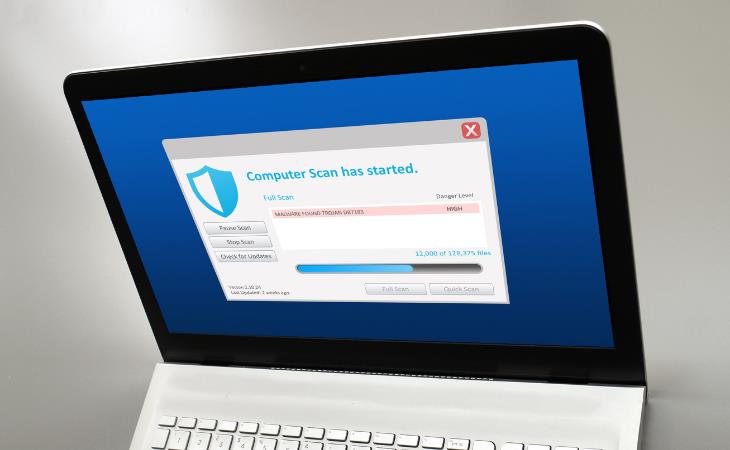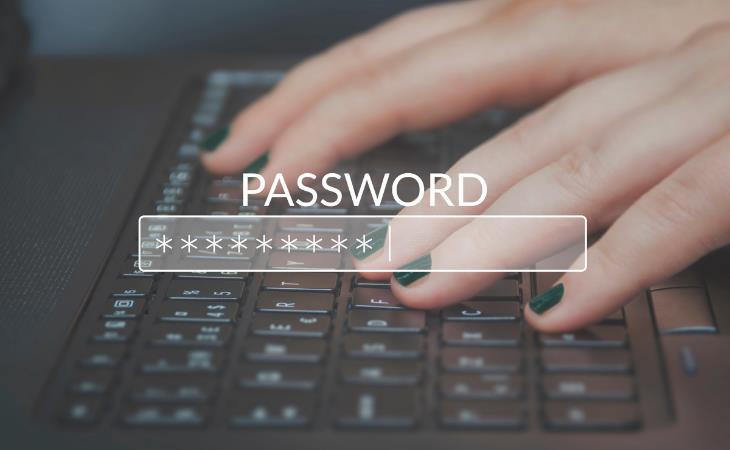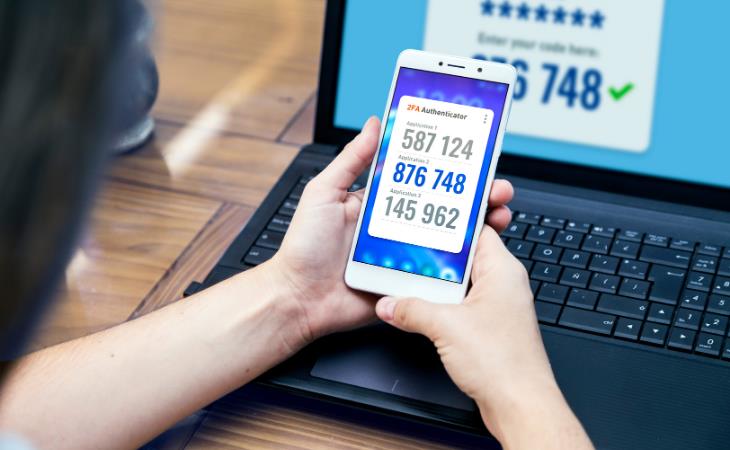The following are the most common reasons why someone may become a victim of email hacking:
- Weak Passwords: Passwords that are simple to guess make it easy for attackers to acquire access.
- Phishing Attacks: Phishing attacks involve deceptive emails or websites that deceive users into disclosing login information.
- Malware: You downloaded a malicious script or file attached to a game, film, or song.
- Credential Leaks: Stolen login information from previous breaches can be reused.
- Unsecure Wi-Fi: Using public Wi-Fi networks puts your email at risk of being hacked.
- Outdated Software: Failure to update software might result in vulnerabilities.
8 Things to Do if Your Email Account is Hacked
1. Run a virus scan
When your email account is compromised, your first action should be to perform a comprehensive computer virus scan. Use your antivirus software to conduct either a deep scan or a full hard disk scan.
In Windows Defender, you can find the corresponding command by double-clicking the Defender icon in the taskbar corner under the heading "Virus and Threat Protection: Scan Options.". Select "Full scan" and then "Scan now" in the next window.
Additionally, make sure to inspect the devices connected to your PC via USB ports to confirm their legitimacy. Be vigilant, as keyloggers (tools that can record every keystroke that you type into a computer or mobile keyboard) often appear inconspicuous and can look like harmless plug-ins.
2. Strengthen your password
Now, it's time to take steps to fortify your email account against malware by changing your password. If you find yourself locked out of your account, connect with your email service provider, verify your identity, and initiate a password reset.
We strongly recommend that you opt for a unique password that differs substantially from your previous choice. Ensure that it does not contain repetitive character strings or numerical patterns. Avoid using passwords with obvious references to your personal information, such as your name or age, because hackers can easily detect and exploit this information in their initial attempts at getting access to your account.
3. Change your security questions
Your account may have been compromised as a result of the hacker accurately guessing the answers to your security questions. To prevent the possibility of them striking again, it's important to change both the questions and answers. Make sure to avoid opting for questions that have easily guessable or predictable answers, such as "What's your mother's middle name?" when your mother openly shares her full name on social media. To enhance the security of your email account, choose questions and answers that are exceptionally difficult to guess or surmise.
4. Turn on two-step verification
Known as multifactor authentication, this extra security measure requires you to enter your username and password as well as an OTP (one-time password) before you can access your account. For instance, the service provider may send the OTP to your phone whenever you attempt to log in. A hacker would have a much harder time gaining access to an account with two-step verification enabled if they were not in possession of your phone.
5. Update any other accounts sharing the same password
While it might seem time-consuming, this is a useful precaution. Make sure to change the login details for all accounts that use the same username and password as your hacked email. Reusing login details across multiple accounts can be exploited by hackers.
Related: What to Do if Your Online Accounts Have Been Hacked
6. Notify contacts and monitor activity
As soon as you discover an intrusion into your email account, notify your friends, coworkers, and acquaintances of possible spam. Inform them that any suspicious emails or requests they may have gotten from your compromised account should be treated with caution. Additionally, keep a watchful eye on your email activity for any unexpected signals, such as emails sent that you did not compose or unfamiliar account logins. Report any unusual activities to your email service provider right away.
7. Check your account settings
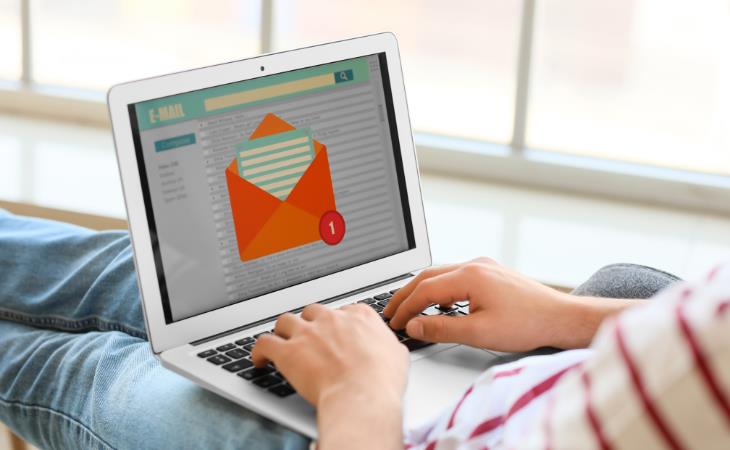
Don't forget to thoroughly review your account settings, especially when it comes to online accounts. It's of the utmost importance to verify if there have been any changes to the roster of individuals with access to your account. Additionally, be vigilant for any automatic email forwarding, out-of-office notifications, blocked email addresses, newly established remote access, and incoming message filters.
8. Consider an ID protection service
If your email has been hacked, you should think about getting ID protection. Generally, these services provide continuous monitoring of your email and online retail accounts, as well as credit score reporting and expert assistance in the event of identity theft. Look for providers with a proven track record, as this type of protection can be expensive. Use a legitimate provider rather than a hacker scam in disguise hunting for your personal information.
Related: What Are Phishing Emails And How Can You Protect Yourself?
Furthermore, it is worthwhile checking out cybersecurity software that includes account monitoring services. Internet security suites that provide comprehensive monitoring of your online accounts are capable of detecting any potential data breaches as soon as they happen. They are your go-to source for comprehensive help and experienced advice in the case of a breach or hack.

